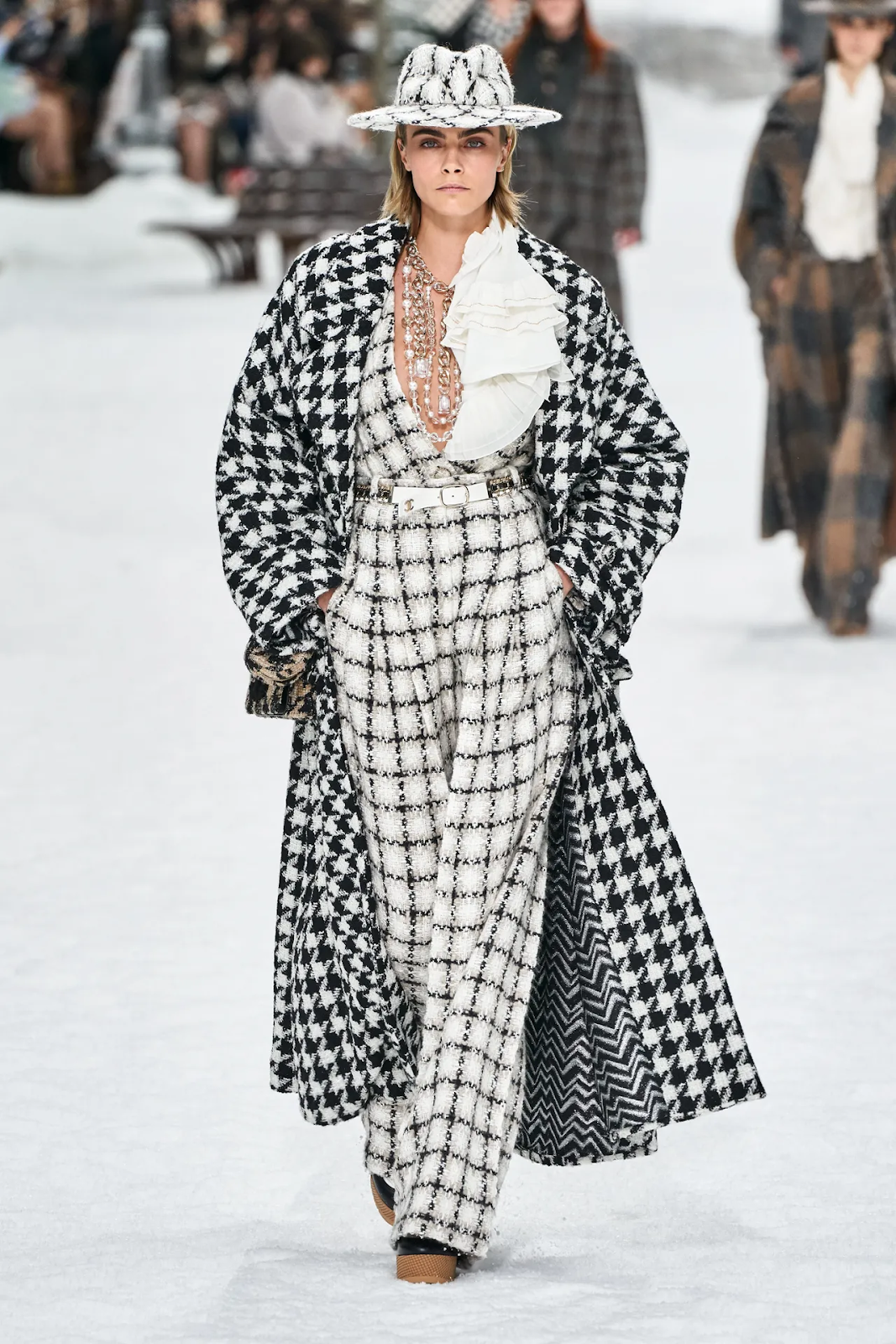FASHION
FASHION
Given
the rise in mass production of commodities and clothing at lower prices and
global reach, reducing fashion's environmental impact and improving
sustainability has become an urgent issue among politicians, brands, and
consumers. Fashion is a form of self-expression with a specific context, such
as time, place and purpose. Example of these are clothing, footwear, lifestyle,
accessories, makeup, hairstyle, and body posture. The term implies a look
defined by the fashion industry as that which is trending.
DEFINITION OF FASHION
In
the 12th and 13th century Old French the concept of elegance begins to appear
in the context of aristocratic preferences to enhance beauty and display
refinement, and cointerie, the idea of making oneself more attractive to others
by style or artifice in grooming and dress, appears in a 13th-century poem by
Guillaume de Lorris advising men that "handsome clothes and handsome
accessories improve a man a great deal".
.
The French word mode, meaning "fashion", dates as far back as 1482,
while the English word denoting something "in style" dates only to
the 16th century. Other words exist related to concepts of style and appeal
that precede mode.
HISTORY
OF FASHION
In
eighth-century Moorish Spain, the musician Ziryab introduced to Córdoba
[unreliable source] sophisticated clothing styles based on seasonal and daily
fashions from his native Baghdad, modified by his inspiration. Changes in
clothing often took place at times of economic or social change, as occurred in
ancient Rome and the medieval Caliphate, followed by a long period without
significant changes. Similar changes in fashion occurred in the 11th century in
the Middle East following the arrival of the Turks, who introduced clothing
styles from Central Asia and the Far East.
FASHION
INDUSTRY
Before
the mid-19th century, most clothing was custom-made. The global fashion
industry is a product of the modern age. In the Western world, tailoring has
since medieval times been controlled by guilds, but with the emergence of
industrialism, the power of the guilds was undermined. In its most common use,
the term fashion refers to the current expressions on sale through the fashion
industry. By the beginning of the 20th century, with the rise of new
technologies such as the sewing machine, the rise of global trade, the
development of the factory system of production, and the proliferation of
retail outlets such as department stores, clothing became increasingly
mass-produced in standard sizes and sold at fixed prices. It was handmade for
individuals, either as home production or on order from dressmakers and
tailors.
For
example, an American fashion company might source fabric in China and have the
clothes manufactured in Vietnam, finished in Italy, and shipped to a warehouse
in the United States for distribution to retail outlets internationally.
Although the fashion industry developed first in Europe and America, as of
2017, it is an international and highly globalized industry, with clothing
often designed in one country, manufactured in another, and sold worldwide.
However,
U.S. employment in fashion began to decline considerably as production
increasingly moved overseas, especially to China. The fashion industry has for
a long time been one of the largest employers in the United States, and it
remains so in the 21st century. However, by any measure, the clothing industry
accounts for a significant share of world economic output. Because data
regarding the fashion industry typically are reported for national economies
and expressed in terms of the industry's many separate sectors, aggregate
figures for the world production of textiles and clothing are difficult to
obtain.
FASHION
IN MEDIA
In recent years, fashion blogging
and YouTube videos have become a major outlet for spreading trends and fashion
tips, creating an online culture of sharing one's style on a website or social
media accounts (i.e. For instance, an important part of fashion is fashion
journalism. Through these media outlets, readers and viewers all over the world
can learn about fashion, making it very accessible. In addition to fashion
journalism, another media platform that is important in fashion industry is
advertisement. Advertisements provide information to audiences and promote the
sales of products and services. Instagram, TikTok, or Twitter). A few decades ago when
technology was still underdeveloped, advertisements heavily relied on radio,
magazines, billboards, and newspapers. These days, there are more various ways
in advertisements such as television ads, online-based ads using internet
websites, and posts, videos, and live streaming in social media platforms. The
fashion industry uses advertisements to attract consumers and promote its products
to generate sales. The media plays a significant role when it comes to fashion.
Editorial critique, guidelines, and commentary can be found on television and
in magazines, newspapers, fashion websites, social networks, and fashion blogs.

Comments
Post a Comment